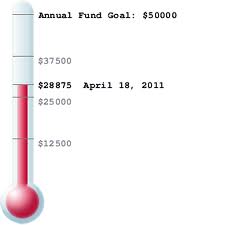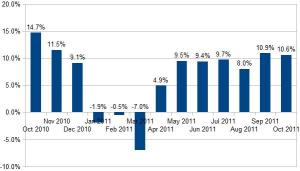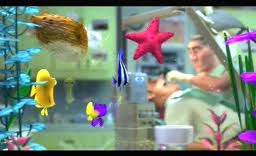 Welcome to the 2012 Presidential campaign season! I watched hours of news coverage of the Iowa Caucus and my eyes are about to melt out of my head. However, I walked away from the coverage with what I think is a very clear lesson to be learned for fundraising professionals.
Welcome to the 2012 Presidential campaign season! I watched hours of news coverage of the Iowa Caucus and my eyes are about to melt out of my head. However, I walked away from the coverage with what I think is a very clear lesson to be learned for fundraising professionals.
The Obama campaign has been chugging along and exceeding its fundraising for about a year now. They have done this in the middle of a soft economy, which has seemingly posed problems for many non-profit organizations. Many political observers believe that Obama will raise a record-setting $1 billion for his re-election bid.
While Team Obama has continued to raise money, the same can’t be said for the Republican field. If you add up all of the fundraising efforts from all of the current Republican candidates, it still doesn’t come close to Obama’s totals. Is this because Obama is that much better at fundraising? Or is it because Obama is the clear choice of the political donor base?
The current political thinking is that once Republicans settle on their general election candidate, donors will line-up and both candidates’ war chests will equalize. It might be possible that both the Democratic and Republican candidates will have in the neighborhood of $1 billion EACH to run their campaigns.
So, you’re probably asking yourself: “Where is the lesson for non-profit fundraising professionals?”
I think there is a valuable lesson to be learned about your non-profit organization’s case for support.
I believe many Republican donors are sitting on the sidelines because the case for support isn’t focused. There are too many different reasons to donate to too many candidates.
- Mitt Romney’s case for support involves “electability” and business experience.
- Ron Paul’s case for support focuses on libertarian principles and shrinking the size of government.
- Rick Santorum’s case for support centers around traditional values and national security.
Eeeeeeek! If I were a Republican donor, I’d probably take a wait-and-see approach, too.
In these tough economic times, non-profit organizations would do themselves a favor if they spent the first few weeks of January 2012 re-focusing their case for support documents.
Donors like clarity. Donors like winners.
When is the last time your organization revisited its case for support documents? How do you ensure your case is aligned with your donor base? What have you found to be the most difficult part of developing your case? Have you ever considered that your written case for support might actually be costing you money? Please use the comment box below to weigh-in with your thoughts and opinions. We can all learn from each other.
Here’s to your health!
Erik Anderson
Founder & President, The Healthy Non-Profit LLC
www.thehealthynonprofit.com
erik@thehealthynonprofit.com
http://twitter.com/#!/eanderson847
http://www.facebook.com/eanderson847
http://www.linkedin.com/in/erikanderson847



















